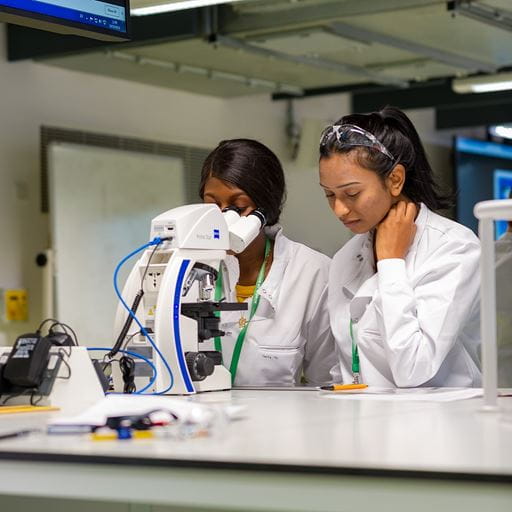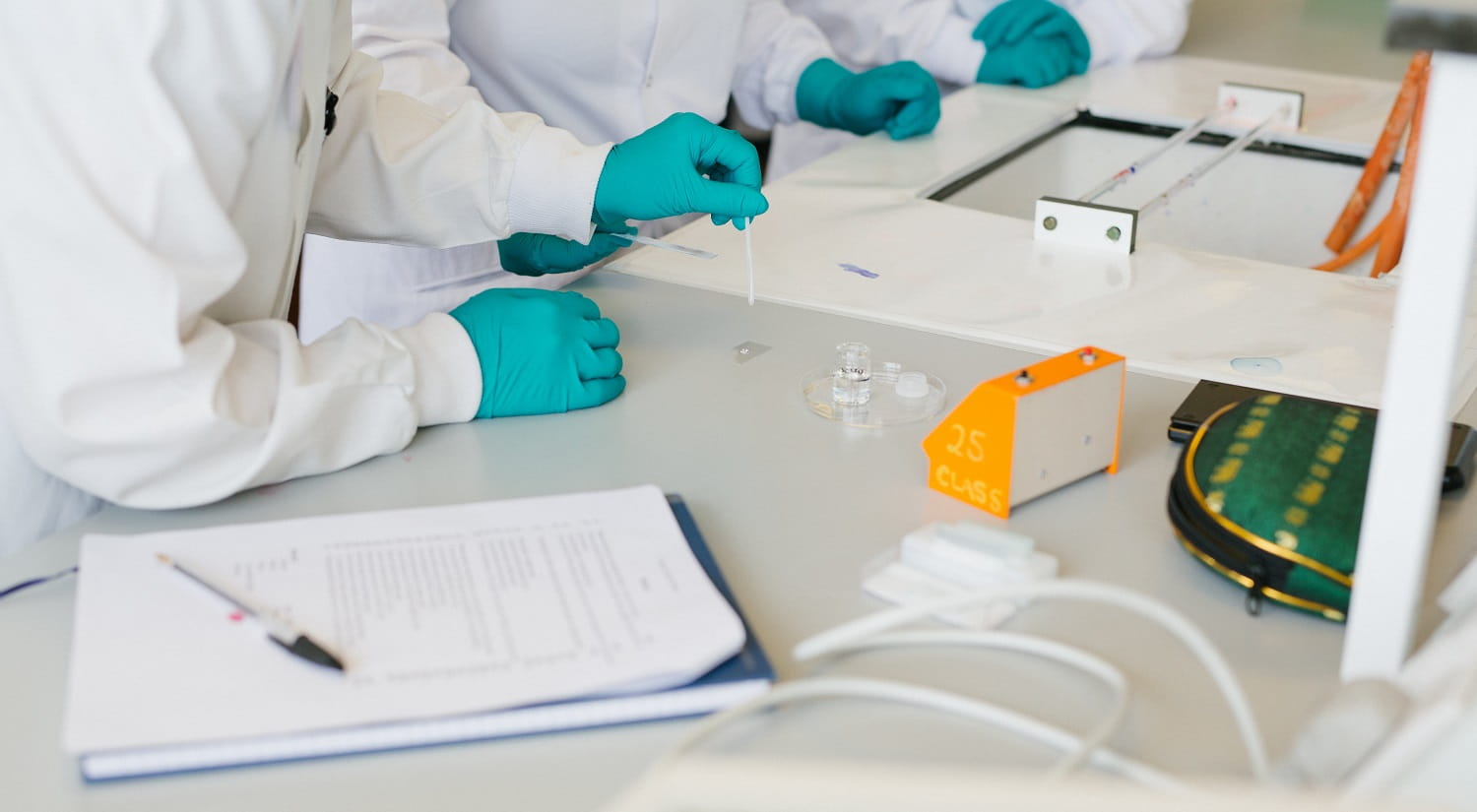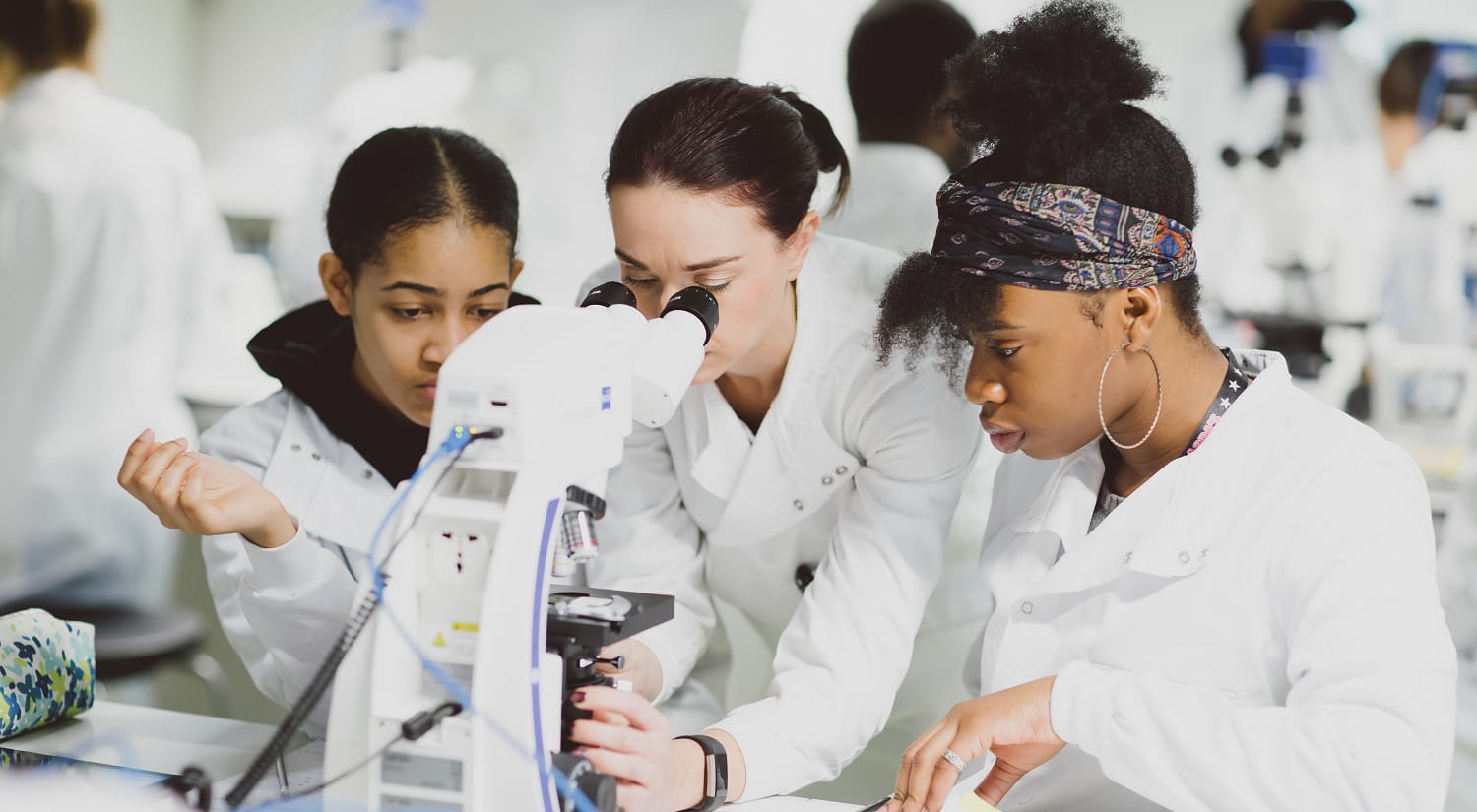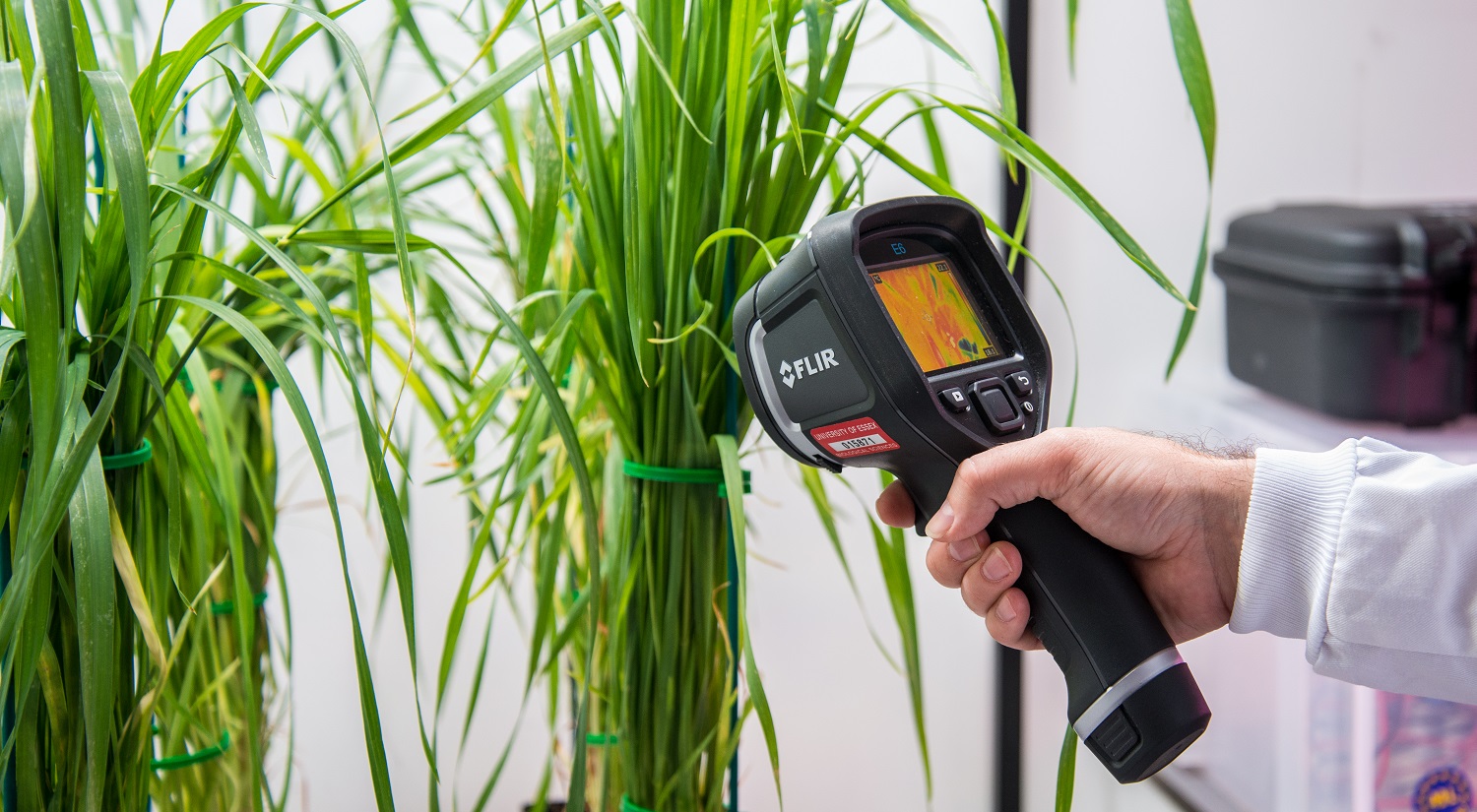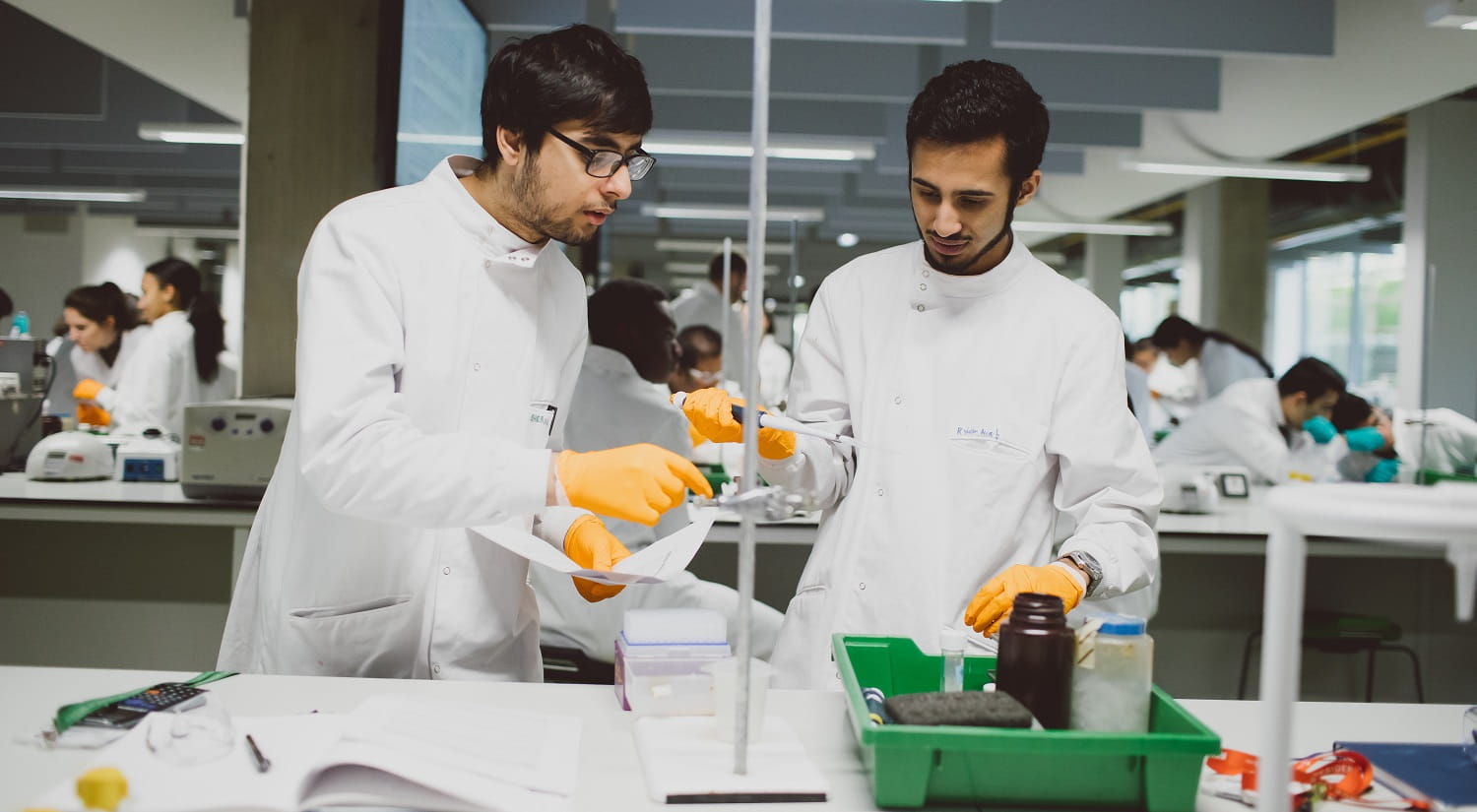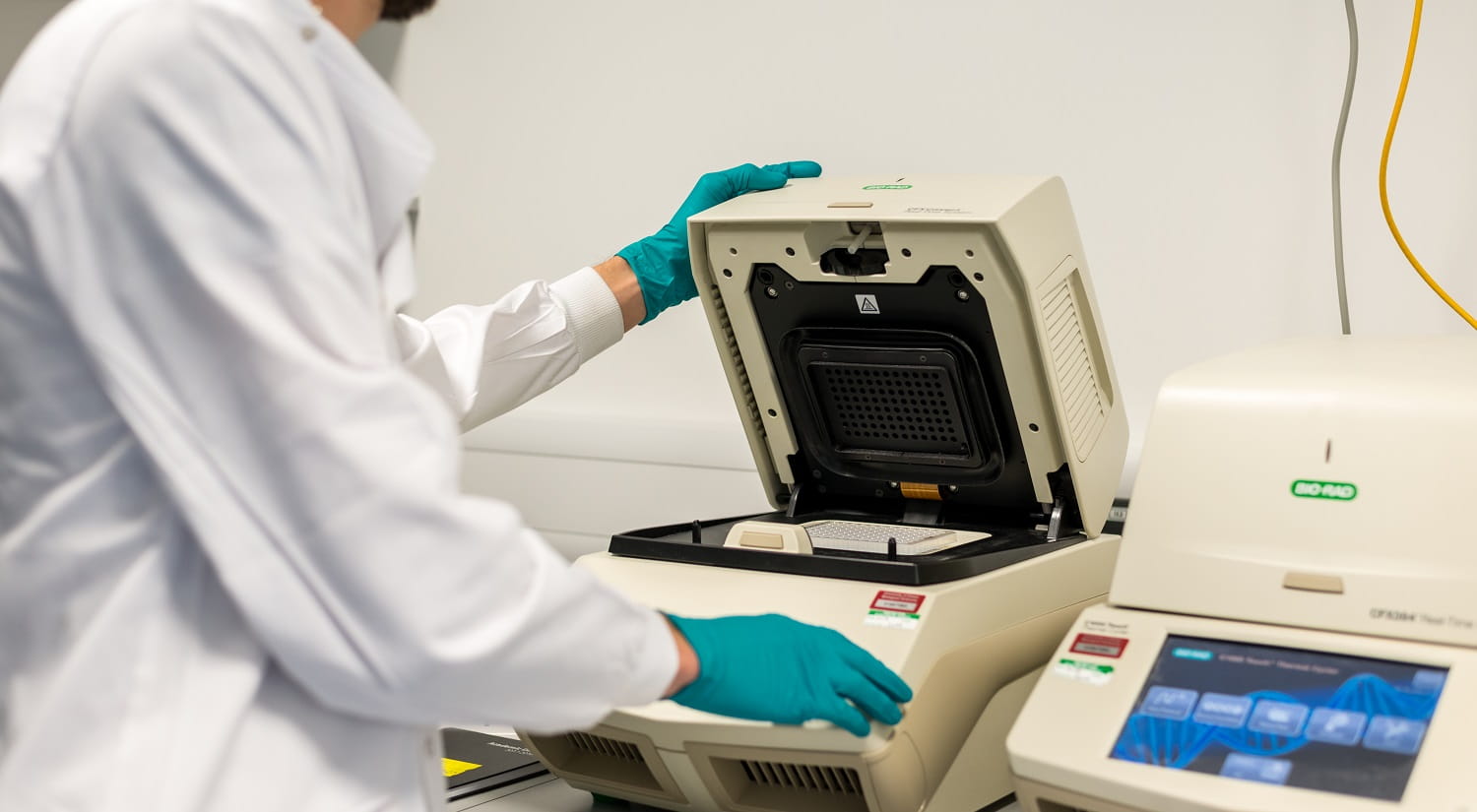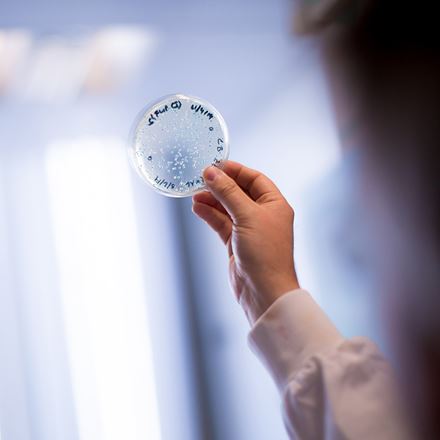We have high-end and routine microscopes in darkrooms, workstations for image processing and analysis, and a lab for sample preparation. Using mainly fluorescence microscopy, we are well-equipped to carry out fluorescent protein localisation, morphology and quantified phenotype analysis from single cells to tissues. Areas of expertise are live cell imaging, large-sample macroscopy, and fluorescent-protein-based biosensors.
We also develop our own instruments, algorithms for computational image analysis, and sample preparation techniques. We have a FACS BD Accuri C6 flow cytometer equipped with a blue and red laser, two light scatter detectors, and four fluorescence detectors with optical filters optimised for the detection of fluorochromes, including FITC, PE, PerCP, and APC, and can also detect many variants of fluorescent proteins, such as GFP, YFP, and mCherry.
The School is also in the process of purchasing a new FACS-sorter for separation and isolation of primary human cells and genetically modified cells. The sorter will support applications from all research groups in the School of Life Sciences such as CRISPR/Cas9, purification of pure cancer cell populations for further analysis, advance immunology and isolation of plant cell organelles.
